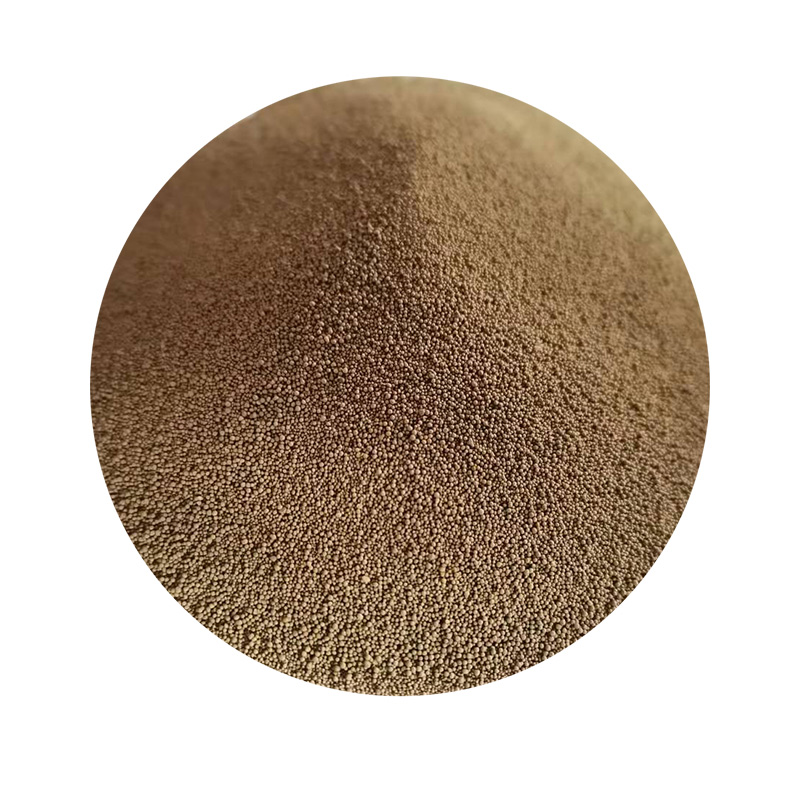The Allure of Spherical Sand Nature’s Perfect Granules
Spherical sand, often celebrated for its unique shape and texture, is a fascinating subject that embodies the beauty and complexity of nature. Unlike typical sand grains, which are often angular and irregular, spherical sand boasts a smooth and rounded appearance that has drawn the attention of scientists, artists, and enthusiasts alike. Its formation, properties, and applications make it a remarkable material worth exploring.
Formation and Characteristics
Spherical sand is primarily formed through natural processes that involve the erosion of rocks and minerals. Wind, water, and ice work together to wear down sharper grains over time, rounding them into smooth, elongated spheres. This natural spherification process occurs primarily in environments such as beaches, riverbeds, and deserts, where constant movement allows for the perfect conditions for sand to become rounded.
The defining characteristic of spherical sand is its homogeneity in shape and size, which imparts several advantageous properties. These grains stack efficiently, creating voids that allow for excellent drainage and airflow. This makes spherical sand particularly sought after in construction, filter systems, and landscaping applications. Furthermore, its smooth texture reduces friction, making it advantageous for various industrial processes.
Applications of Spherical Sand
One of the most significant applications of spherical sand is in the manufacturing of high-performance ceramics. The uniformity of the grain size ensures the strength and durability of the final product, making it suitable for tiles, refractory materials, and even advanced engineering components. Additionally, its lightweight yet robust nature makes it an excellent filler material in concrete, helping to reduce overall weight without compromising strength.
spherical sand

In the realm of glassmaking, spherical sand enhances the quality of glass products. The round shapes allow for a more consistent melt, reducing imperfections and leading to clearer, more durable glass. This has made spherical sand a valuable commodity in the glass industry.
Moreover, spherical sand plays a crucial role in filtration systems. Its structure allows for optimal flow rates while effectively capturing impurities from water or air. This natural filtration capability is not only eco-friendly but also cost-effective, making spherical sand a preferred choice in both industrial and residential filtration systems.
Aesthetic and Recreational Uses
Beyond its industrial applications, spherical sand is also appreciated for its aesthetic qualities. In decorative landscaping, it adds a unique visual appeal that enhances the beauty of gardens, aquariums, and art installations. The smooth, rounded grains can also be used in sandboxes, providing a safer play environment for children.
This type of sand has found its way into recreational activities such as sand art and sculpture, where its uniformity and texture allow for intricate designs and patterns. Artists often seek spherical sand for its ability to hold shapes and resist erosion, leading to stunning displays that reflect the creativity of the human spirit.
Conclusion
Spherical sand is more than just a natural material; it embodies the intricate interplay of natural forces that shape our environment. Its unique properties allow it to excel in various applications, from industrial manufacturing to aesthetic designs. As we continue to discover and implement spherical sand in innovative ways, its importance in both functional and artistic realms will only grow, reminding us of the wonders of nature’s craftsmanship.
Post time:nov . 15, 2024 16:17
Next:types of sand casting
